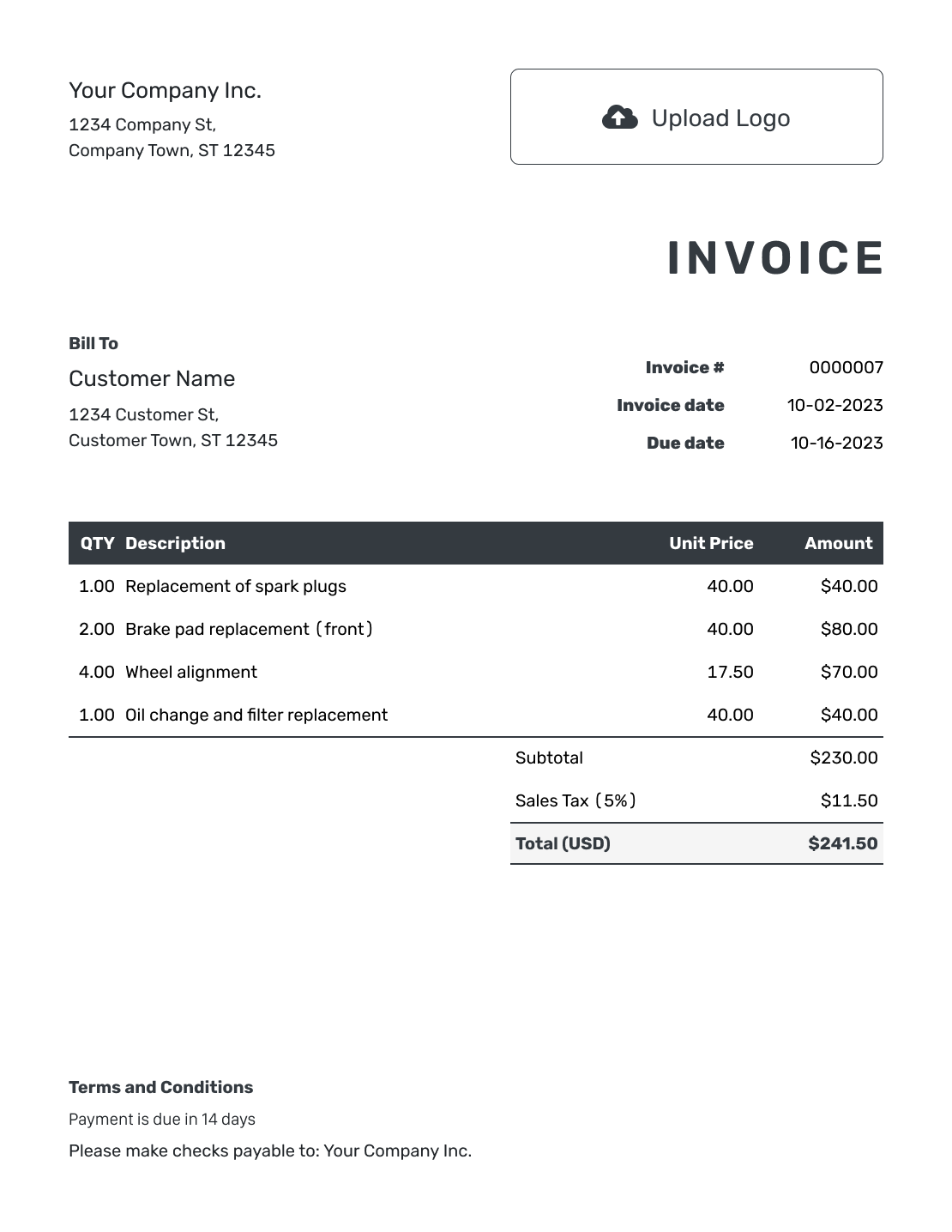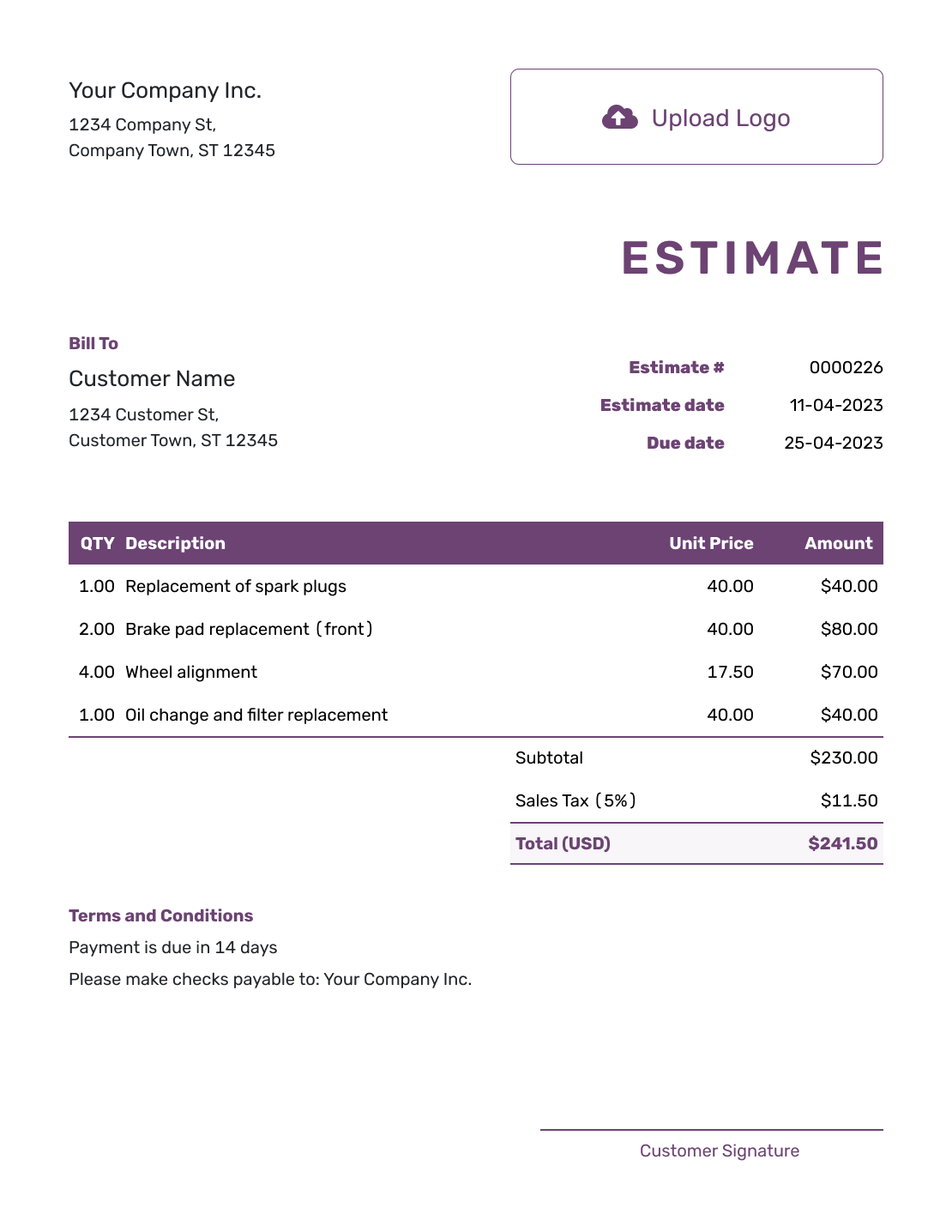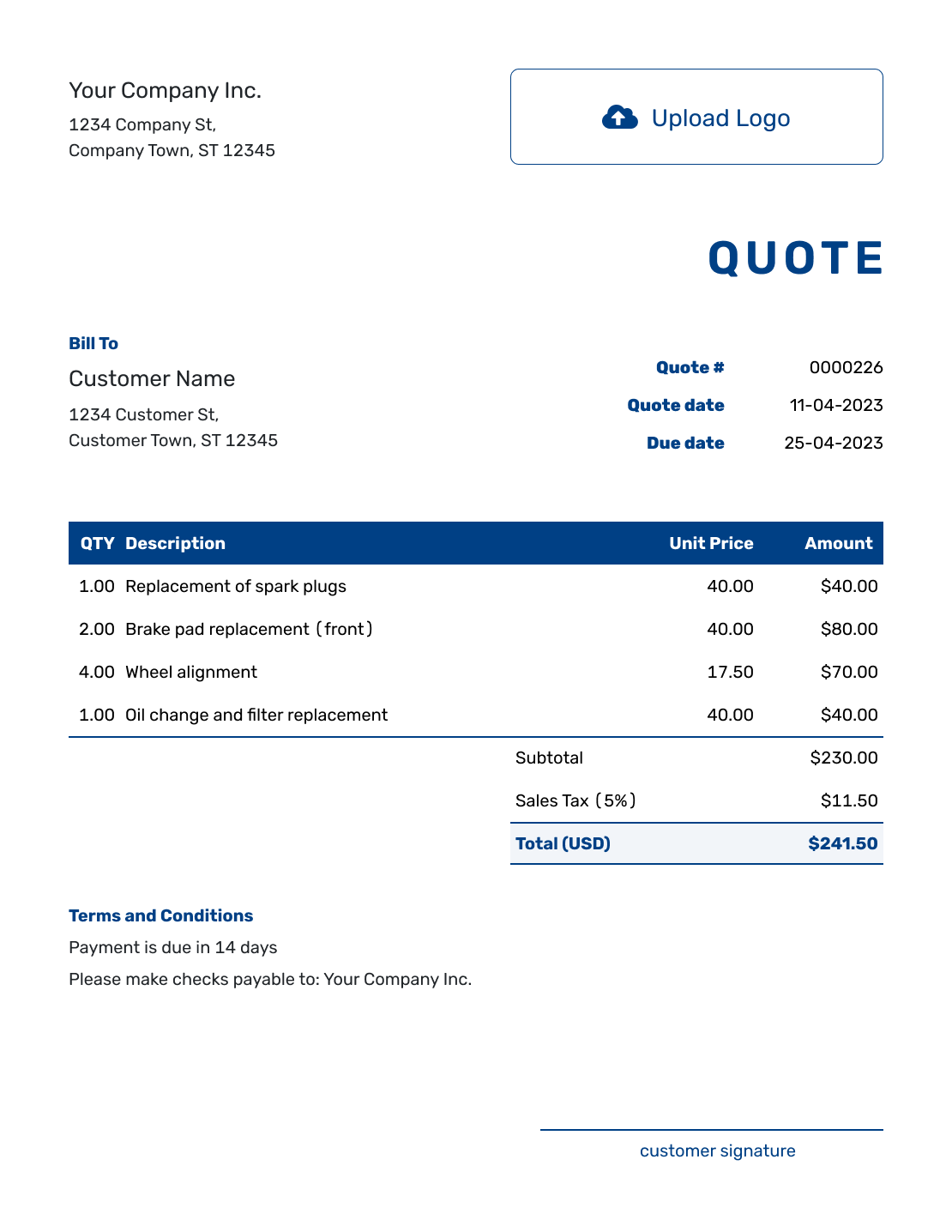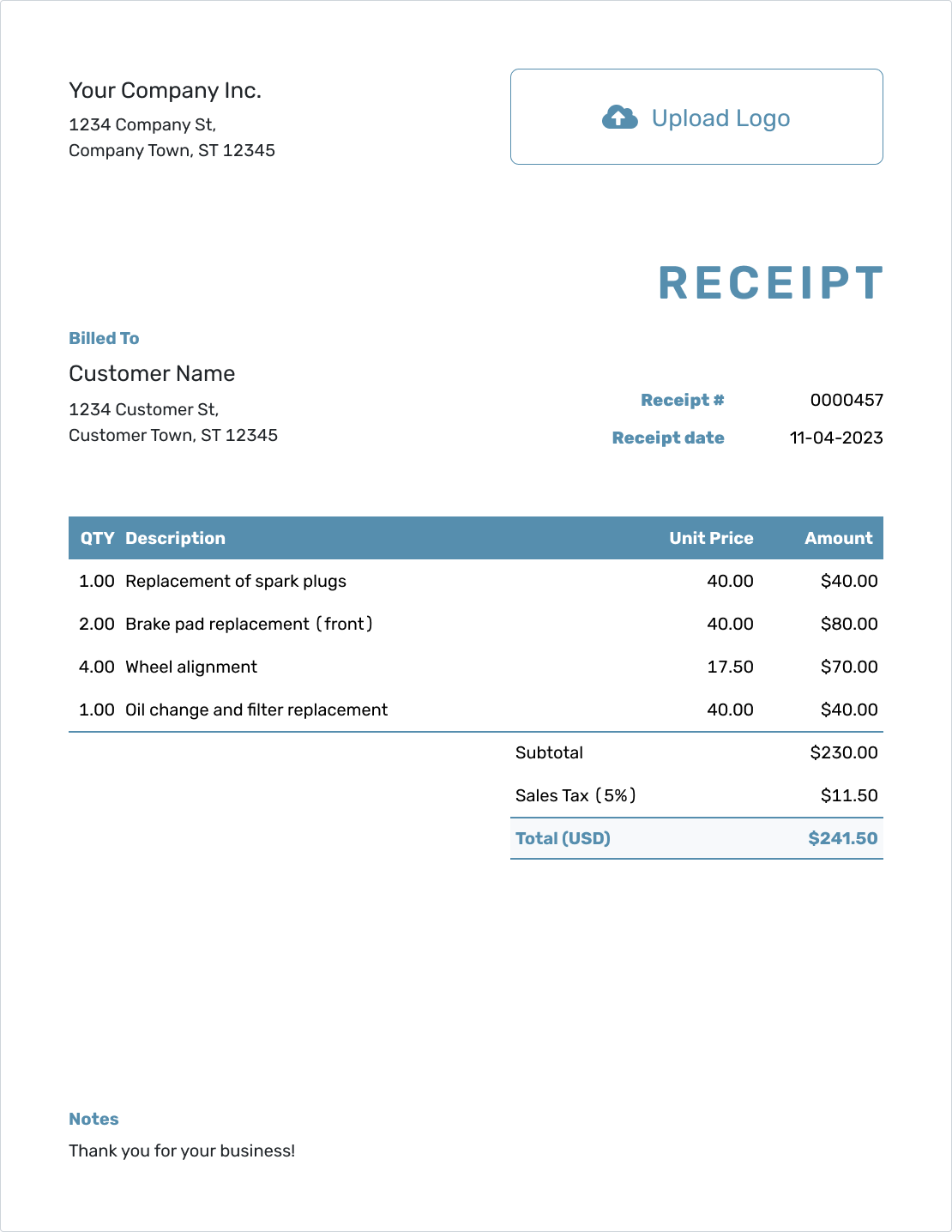Understanding
Working Hours in a Year
Est. reading time: 6 min

Whether you're an employee, business owner, or freelancer, knowing the total number of working hours in a year can help you plan schedules, projects, and budgets more effectively. Below, we’ll explore what working hours are, how to calculate them, and why they're important.
Understanding Working Hours
Working hours refer to the time an employee spends performing job duties during a typical workweek. Most full-time employees follow a standard schedule, but variations exist depending on the country, industry, or employer.
Key Components of Working Hours:
- Full-Time Schedule: Typically 8 hours per day, 5 days a week (40 hours per week).
- Part-Time Schedule: Fewer hours than a full-time schedule, often flexible.
- Overtime: Extra hours worked beyond the standard schedule, often compensated at a higher rate.
How to Calculate Working Hours in a Year
The total number of working hours in a year depends on your work schedule and holidays. Here's a step-by-step guide for calculating it:
Step 1: Determine the Standard Weekly Hours
The standard weekly hours are the total number of hours worked in a regular workweek. For full-time employees, this is often:
| Standard Weekly Hours = | 40 hours |
Step 2: Multiply by Weeks in a Year
The total hours worked annually can be calculated by multiplying the weekly hours by the 52 weeks in a year:
| Total Hours = | Standard Weekly Hours × 52 |
For example:
| Total Hours = | 40 × 52 = 2,080 hours |
Step 3: Account for Paid Time Off (PTO)
To calculate the working hours excluding PTO, subtract the total number of PTO hours from the annual total:
| Adjusted Total Hours = | Total Hours − PTO Hours |
For example, with 2 weeks of PTO (80 hours):
| Adjusted Total Hours = | 2,080 − 80 = 2,000 hours |
Step 4: Adjust for Unpaid Leave or Reduced Hours
If you work part-time or have unpaid leave, adjust the formula accordingly. For part-time work at 20 hours per week:
| Part-Time Total Hours = | Weekly Hours × 52 |
For example:
| Part-Time Total Hours = | 20 × 52 = 1,040 hours |
Why Knowing This Matters
Understanding the total working hours in a year is beneficial for multiple reasons:
- Project Planning: Helps estimate how much time is available for completing projects or tasks.
- Budgeting: Employers can calculate labor costs and allocate resources efficiently.
- Work-Life Balance: Employees can monitor overtime and ensure they're not overworking.
- Hourly Rate Calculations: Freelancers and contractors can determine fair pricing for their services.
Tips for Managing Work Hours Effectively
Efficient time management can help make the most of available working hours. Here are some tips:
- Set Priorities: Focus on high-impact tasks first to ensure deadlines are met.
- Track Time: Use tools or apps to monitor how much time you spend on various tasks.
- Take Breaks: Short breaks improve focus and productivity, making working hours more effective.
- Communicate Clearly: Ensure everyone on the team understands schedules and expectations.
Knowing the total working hours in a year and planning accordingly can boost productivity, reduce stress, and improve overall performance.




